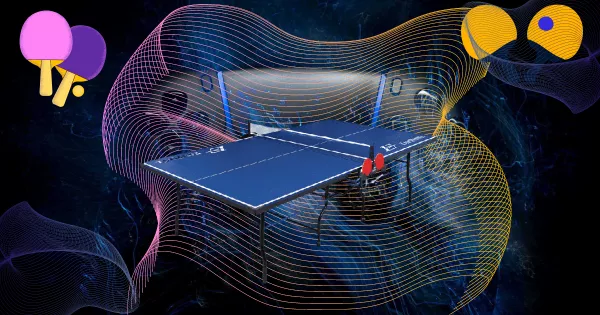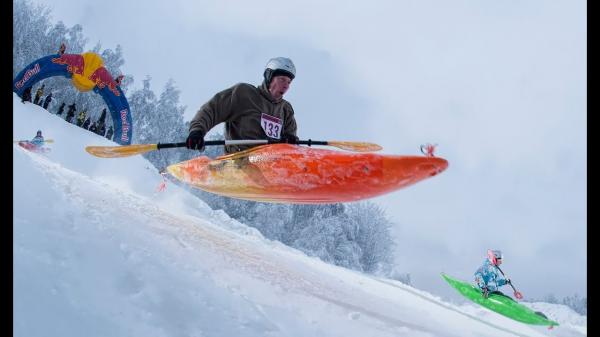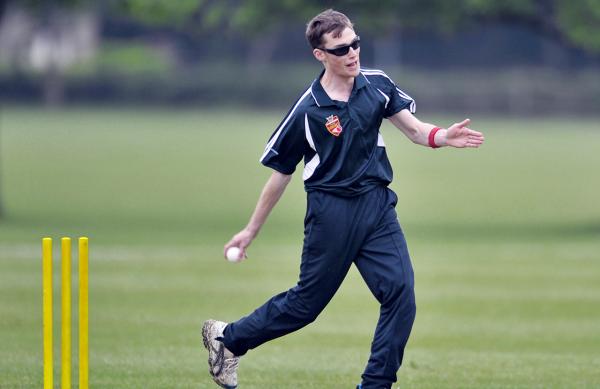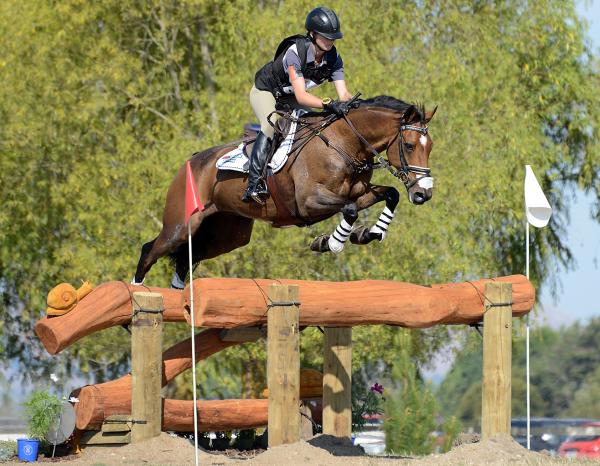Paragliding
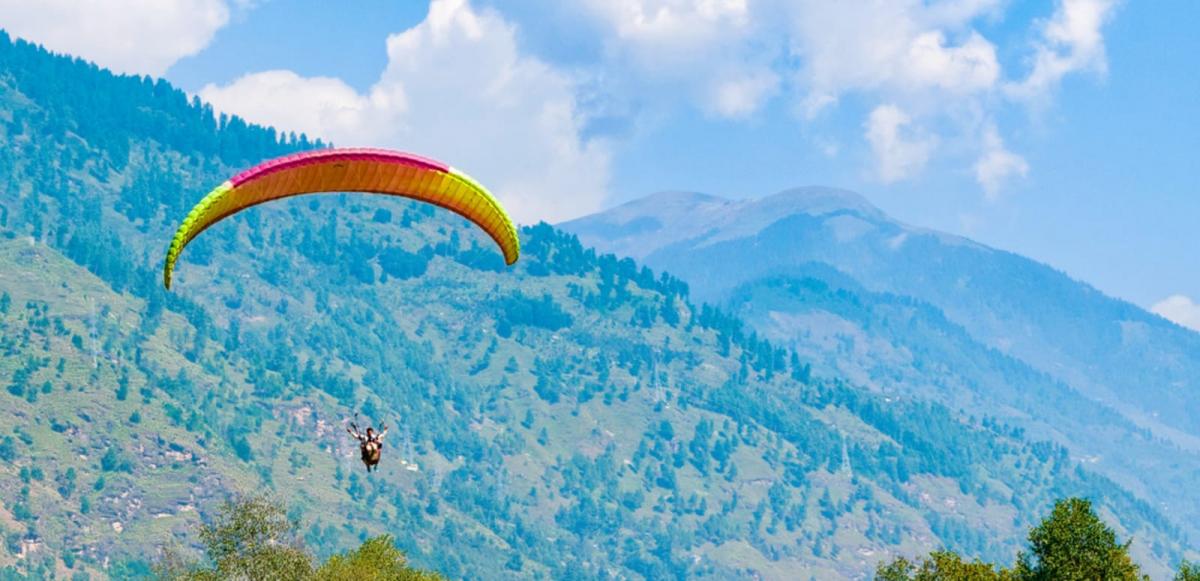
Paragliding, sport of flying parachutes with design modifications that enhance their gliding capabilities. Unlike hang gliders, their close relations, paragliders have no rigid framework; the parachute canopy acts as a wing and is constructed of fabric cells with openings at the front that allow them to be inflated by movement through the air—the “ram-air” effect. The pilot is suspended in a seated harness and controls the wing via lines attached to the trailing edge of the paraglider. These lines may be operated individually to turn the paraglider or simultaneously to influence pitch and speed. Takeoff and landing are on foot and usually occur on a hill or mountain. To launch, the pilot first inflates the wing by pulling it up like a kite and then runs down the hillside until flying speed has been reached. Usually a speed of about 12 miles per hour (19 km per hour) is enough to launch the craft. Paragliders may also be launched from flatland by towing, either with a winch or behind a vehicle. The sport can be traced to the activities of French parachute inventor Pierre Lemoigne, who tow-launched his advanced round-parachute canopies in the 1950s. The ram-air-inflated cell structure originated in the early 1960s with the kite and parachute designs of the Canadian-born American inventor Domina Jalbert. These designs evolved into steerable rectangular parachutes with relatively high forward speed. It was soon found that they had sufficient glide performance to allow them to be launched from steep slopes as well as by the aircraft deployment usual for parachutists.




